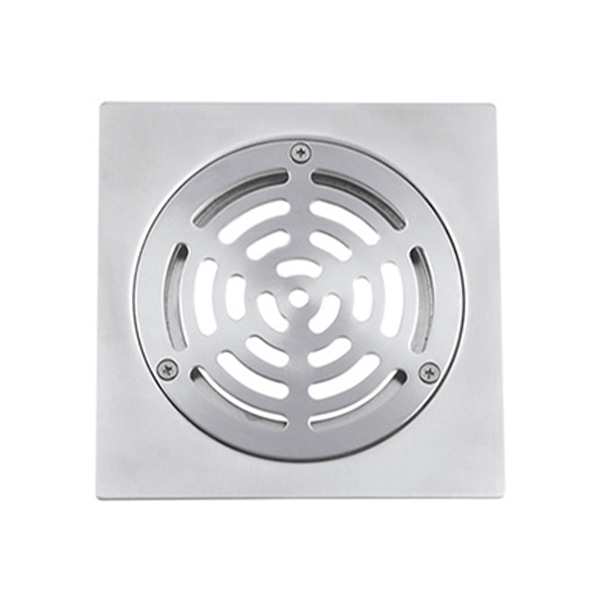Become your trusted floor drain product partner and supplier in China.
Tel: +86-576-87422105, Email: [email protected]
"Nothing is best,only better". Better people are sincerely willing to cooperate with new and old customers. Let's hand in hand,and create the bright future together.
+86-576-87422105 Contact UsHeat Exposure and Its Effects on Drainage Products
In various architectural and industrial settings, floor drains are frequently installed in areas that are exposed to significant temperature fluctuations or persistent high heat. This includes commercial kitchens, factories, boiler rooms, saunas, and even certain outdoor environments. A common question among users and buyers is whether products from a Floor Drains Factory can maintain their form and appearance when subjected to such conditions. In the initial production stages, reputable factories consider the thermal resistance of each material type used, factoring in both mechanical stress and aesthetic longevity. However, different manufacturing standards, materials, and finishing processes directly influence how well the drains perform under thermal stress.

Material Selection as the Foundation of Heat Resistance
The resistance of floor drains to high temperature deformation or discoloration starts at the material selection phase. Stainless steel is widely favored due to its good ability to withstand both temperature and corrosion. Grades such as SUS304 and SUS316L are particularly effective, maintaining their shape and surface finish even after prolonged exposure to heat. Other materials, such as brass or high-grade plastic composites, may also perform well depending on the specific application. Manufacturers who prioritize quality will typically apply rigorous thermal testing to assess how their floor drains respond to heat exposure exceeding 100°C. The results determine the extent to which a product remains structurally sound and visually consistent over time.
Surface Treatments and Their Role in Color Stability
Under high heat, inferior finishes may discolor, peel, or oxidize. For example, electroplated chrome finishes are less resistant to heat than PVD coatings, which can withstand higher temperatures without color degradation. This makes the finishing method a critical factor in ensuring the product maintains its intended appearance. Additionally, matte or brushed finishes tend to show less visual change than polished ones when exposed to high thermal conditions.
Design Engineering to Reduce Structural Warping
Heat-induced deformation is another concern, especially when floor drains are installed near heat-emitting machinery or in environments like steam rooms. Drain covers and frames must retain their structural integrity to ensure proper fit and prevent safety hazards. Engineering solutions include reinforced ribbing, thicker gauge materials, and multi-layer construction to distribute thermal stress more evenly. Quality control protocols during production simulate high-temperature exposure to evaluate how much deflection or warping occurs. A well-engineered drain should return to its original shape or resist deformation entirely within expected operating temperatures.
Long-Term Reliability and Real-World Testing
Lab conditions alone cannot always predict how a product will perform in actual usage scenarios. Some manufacturers conduct field testing by installing floor drains in controlled test environments that mimic high-heat conditions over long periods. These tests allow for monitoring of not only heat resistance but also factors like moisture interaction, pressure loads, and chemical exposure. When a Floor Drains Factory includes these trials as part of its quality assurance program, it significantly enhances the reliability of the final product. Feedback from such tests may cause improvements in product formulation or design, resulting in more heat-tolerant and colorfast solutions for end users.
Choosing Products Built for Heat-Prone Environments
For buyers selecting floor drains for high-temperature environments, understanding the specifications related to thermal resistance is essential. Products should be reviewed for material grade, surface finish, durability, and engineering design. Ideally, the manufacturer will provide documentation or certifications indicating successful testing at elevated temperatures. It’s also wise to consult real-world reviews and application histories of the products. When properly manufactured and chosen, high-quality floor drains can perform reliably and maintain both function and form, even under demanding thermal conditions
Copyright © Yuhuan Better Machinery Co., Ltd. All rights reserved

 English
English Español
Español عربى
عربى